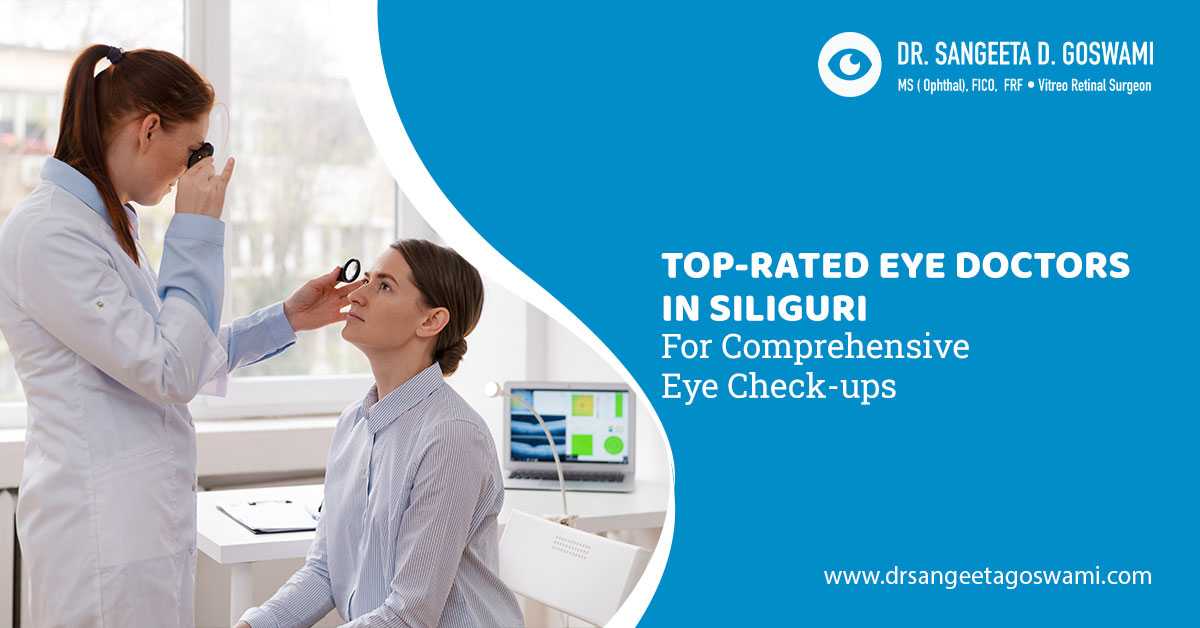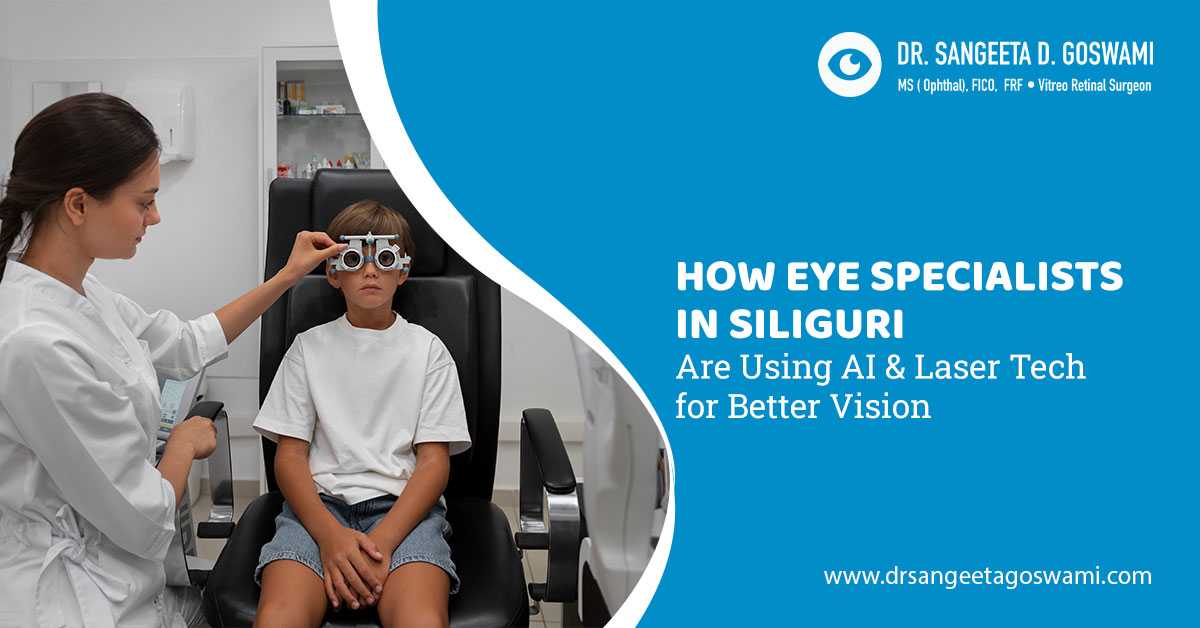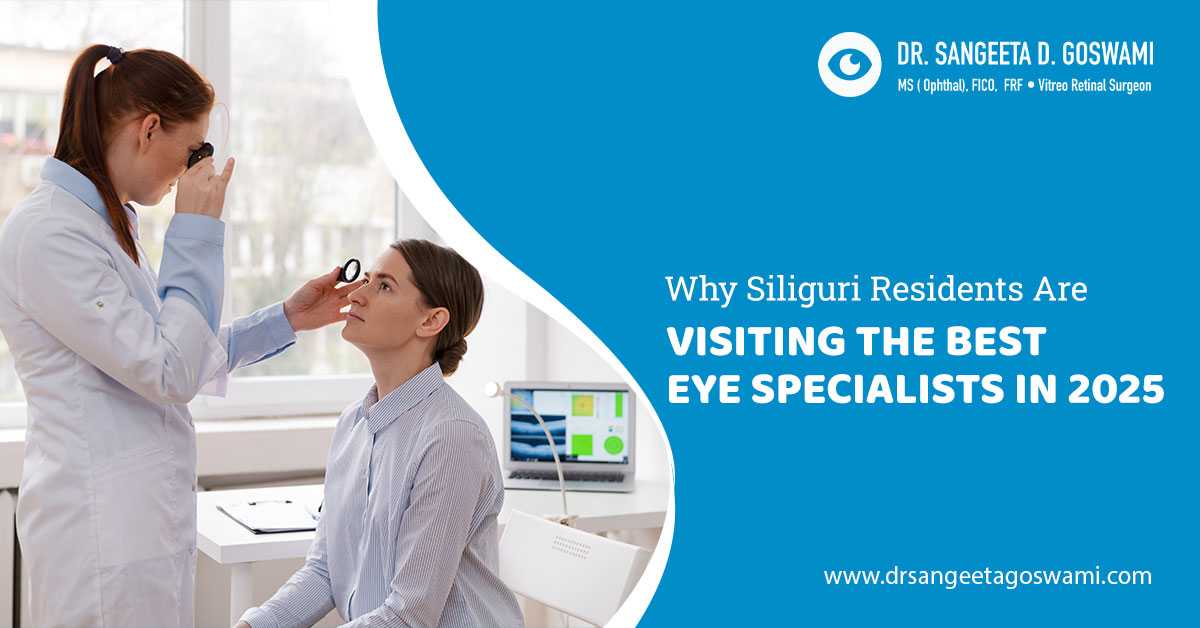While retinal detachment used to be painless, it is an emergency. Retinal detachment occurs when the layer of tissue in the back of your eye, called the retina, separates from the supporting tissues. It impacts eyesight, which can result in blindness if it remains untreated. Reach out to a retina surgeon or eye doctor in Siliguri to get comprehensive eye care.
The retina sends signals to your brain and detects light so that you can see. The blood arteries in supporting tissues supply your retina with oxygen and nourishment. Thus, the retina loses blood flow when it separates from the supporting tissues.
Retinal Detachment – Knowing Its Signs & Symptoms
Let’s talk about the symptoms of retinal detachment:
- Seeing many floaters all of a sudden
- Reduced vision
- Seeing flashes of lights in one or both eyes
- Gradual loss of peripheral vision
- Darkening of the side/peripheral vision
- A show covering a part of the vision
- Blurry vision
Many times, symptoms of retinal detachment remain unnoticeable. However, it depends on how severe your retinal detachment is. Seeking immediate medical attention can keep you from the risk of vision loss due to retinal detachment. If this eye condition remains untreated, this can lead to permanent vision loss or blindness. You might visit the best eye doctor in Siliguri for RD treatment.
Retinal detachment – Knowing its causes and risk factors
Here are some common causes and contributing factors for retinal detachment:
- Aging (over 50)
- History of retinal detachment in one eye
- Previous eye conditions, likeuveitis, retinoschisis, or lattice degeneration
- Family history of retinal detachment, especially in first-degree relatives
- Previous eye surgery
- Prior eye injury
- Having nearsightedness
- Having diabetes-related retinopathy
RD or retinal detachment is an ophthalmic emergency, and its risk mostly increases with age, nearsightedness, and family history. The lifetime risk of retinal detachment is about 1 in 300 people.
There are three major types of retinal detachment, including:
- Rhegmatogenous Retinal Detachment: The most common type of RD in which a tear or break in the retina that allows fluid to seep behind your retina. It causes the retina to separate/detach from the underlying tissue. Aging and severe nearsightedness are the two most frequent causes of rhegmatogenous retinal detachment.
- Tractional Retinal Detachment: This type of retinal detachment is less common, which happens when scar tissue on the retina's surface contracts. Diabetic retinopathy and inflammatory eye conditions can increase the risk here.
- Exudative Retinal Detachment: This type of retinal detachment happens due to fluid accumulating behind the retina. This fluid build-up pushes your retina away from supporting tissue. Inflammatory disorders can put you at risk of exudative retinal detachment. Talk to the top eye doctor in Siliguri for retinal tears.
Eye doctors, first, examine your retina by using some eye drops to dilate your eyes to get a bigger (closer) look at your retina. During retinal exams, doctors check for retinal tears or holes. Further tests might include CT scan, ultrasound imaging, optical coherence tomography, etc.
Now, treatment of retinal detachment depends on the severity of the condition. Your eye specialist will consult you to learn about your eye care preferences. Laser surgery, freezing, vitrectomy surgery (draining and replacing the fluid in the eye), etc. are effective treatment choices for rental detachment. Speak to the best eye specialist in Siliguri city to get all-inclusive retinal detachment care.







